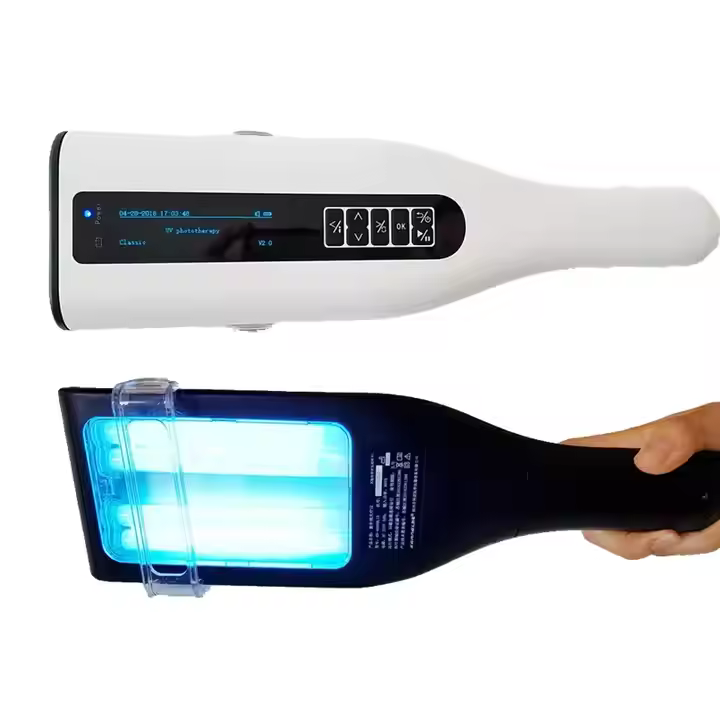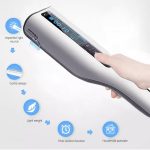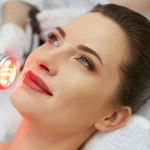Narrowband UVB vs. Broadband UVB: A Comparison of Narrowband and Broadband UVB Phototherapy
Ultraviolet B (UVB) phototherapy has long been a staple in dermatology, offering effective treatment options for a variety of skin conditions. Within this therapeutic framework, two main types of UVB therapy exist: Narrowband UVB (NB-UVB) and Broadband UVB (BB-UVB). While both methods hinge on the therapeutic potential of ultraviolet light, they differ significantly in terms of wavelength specificity, efficacy, side effects, and application protocols. This comprehensive comparison elucidates these differences, helping patients and healthcare providers make informed decisions regarding treatment options.
Understanding UVB Wavelengths
The fundamental distinction between NB-UVB and BB-UVB lies in the range of ultraviolet light wavelengths employed. Broadband UVB utilizes a wider spectrum of UVB light, typically ranging from 280 to 320 nanometers. Narrowband UVB, on the other hand, operates within a more confined band of approximately 311 to 313 nanometers. This specific range has been identified as the most therapeutically beneficial for skin conditions, reducing unnecessary exposure to potentially harmful radiation.
Efficacy and Indications
Research indicates that NB-UVB is more effective than BB-UVB in treating certain skin conditions, including psoriasis and vitiligo. The precision of narrowband therapy allows for concentrated treatment, leading to faster improvement and longer-lasting remission. Psoriasis patients, in particular, have shown superior responses to NB-UVB, with studies highlighting reduced treatment times and fewer sessions needed to achieve significant outcomes. Vitiligo patients also benefit from NB-UVB due to its ability to stimulate repigmentation more efficiently than its broadband counterpart.
Safety and Side Effects
One of the most compelling advantages of NB-UVB therapy is its improved safety profile. Due to its targeted wavelength, NB-UVB minimizes the exposure to superfluous UV radiation, ultimately reducing the risk of burns, photoaging, and skin cancer in the long term. While BB-UVB is generally considered safe, the broader spectrum of UV radiation can increase the likelihood of such side effects, particularly when used over extended periods. Additionally, NB-UVB has been associated with fewer immediate side effects like redness and irritation, contributing to its preference among dermatologists and patients alike.
Treatment Protocols
The treatment protocols for NB-UVB and BB-UVB therapies differ, accounting for their distinct wavelength properties. NB-UVB treatments tend to require fewer sessions, with many patients observing significant progress within 15 to 25 sessions. In contrast, BB-UVB often demands more frequent and prolonged treatments to achieve comparable results, which can be inconvenient and costly for patients. Moreover, the dosing of NB-UVB can be more precisely calibrated, allowing for fine-tuning based on individual patient responses and minimizing the risk of adverse reactions.
Accessibility and Equipment
While both forms of UVB phototherapy are widely available in clinical settings, the choice between them often boils down to accessibility and equipment. NB-UVB has become the preferred option in many modern dermatology practices due to its superior efficacy and safety profile. Consequently, healthcare providers are more likely to invest in narrowband phototherapy equipment. Patients seeking home-based treatment options may also find NB-UVB devices specifically designed for home use, facilitating adherence to treatment regimens in a convenient manner.
Patient Experience and Satisfaction
Patient satisfaction plays a critical role in the success of any treatment, and NB-UVB consistently scores higher in this regard compared to BB-UVB. The expedited improvement in skin conditions, coupled with fewer side effects, enhances patient compliance and overall treatment experience. Anecdotal testimonies frequently highlight the quality of life improvements afforded by NB-UVB, as patients experience clear skin with minimal disruption to their daily routines.
Future Directions in Phototherapy
As the medical community continues to explore the intricacies of phototherapy, both NB-UVB and BB-UVB remain valuable tools. Advances in technology are likely to further refine these treatments, improving their precision and outcomes. Researchers are actively pursuing innovations that could integrate personalized medicine approaches, adjusting UVB therapies based on genetic profiling and individual skin responses. Meanwhile, combination therapies involving UVB phototherapy and systemic treatments or topical agents offer promising avenues for enhancing efficacy while minimizing exposure to UV radiation.
Conclusion
In conclusion, both Narrowband and Broadband UVB phototherapies present viable options for managing various skin conditions; however, the precision and safety offered by NB-UVB make it a superior choice in many cases. With its efficient wavelength utilization, reduced risk profile, and enhanced patient outcomes, NB-UVB continues to set the standard in UVB phototherapy. As research and technology advance, the potential for optimized, personalized phototherapy treatments remains vast, promising even better results for patients worldwide.

Silvia Malgot is a renowned author and expert in the fields of skincare and beauty, with over a decade of experience researching and writing about effective treatments, holistic approaches, and innovative technologies. Her passion for empowering individuals to feel confident in their own skin has driven her to explore cutting-edge solutions and timeless traditions in skincare.
Silvia has contributed to several leading health and beauty publications, providing insights into trends, product recommendations, and practical advice grounded in science. Her approachable yet detail-oriented style has made her a trusted voice for readers seeking clarity in an overwhelming industry. When she’s not writing, Silvia actively participates in workshops and seminars, sharing her knowledge and inspiring others to prioritize self-care through sustainable, informed practices.


